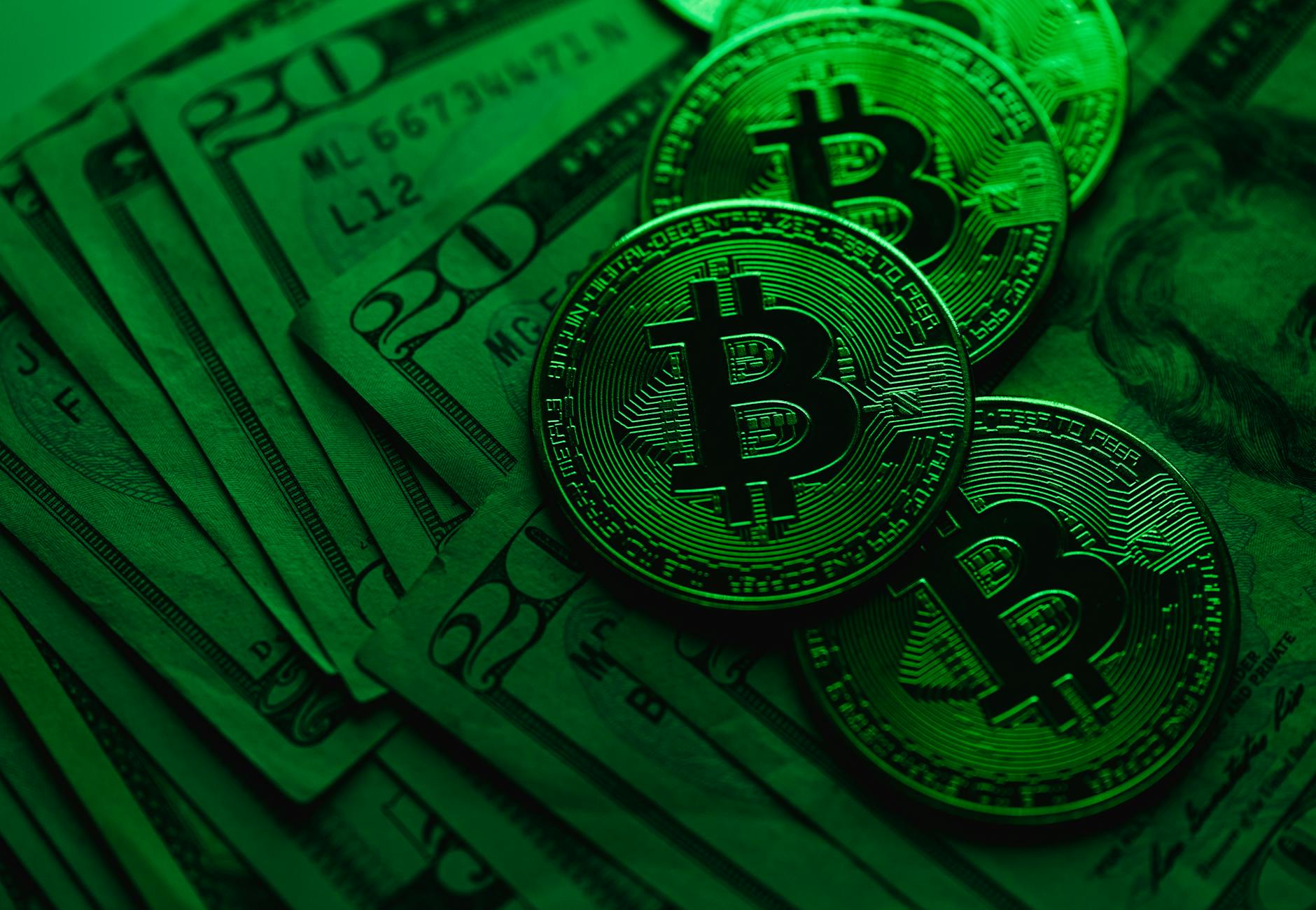PayPal Crypto Head States Banks Crucial: Unlock Full Stablecoin Potential
- Get link
- X
- Other Apps

Banks and Stablecoins: The Key to Unlocking Trillion-Dollar Potential
📌 The Evolving Role of Banks in Stablecoin Adoption
At Consensus 2025 in Toronto, Jose Fernandez da Ponte, PayPal’s senior vice president of digital currencies, emphasized the critical role banks play in the future success of stablecoins. His argument centered on the idea that while it may seem counterintuitive, banks are essential for stablecoins to scale beyond their current crypto-native confines.
Fernandez da Ponte highlighted that banks possess the necessary infrastructure, including custody solutions and fiat rails, which are vital for integrating stablecoins into the broader financial system.
Without this connectivity, stablecoins risk remaining a niche product, limiting their potential for widespread adoption.
Historical Context and Current Regulatory Landscape
💱 The call for bank involvement comes at a crucial time. For years, the crypto industry has grappled with regulatory uncertainty, hindering institutional participation and mainstream adoption. The U.S. Senate is currently pushing forward with stablecoin legislation aimed at providing much-needed clarity, potentially opening the door for banks to enter the stablecoin market. Past regulatory failures have underscored the need for a comprehensive and well-defined framework.
📌 Market Impact Analysis: A Tectonic Shift?
The potential integration of banks into the stablecoin ecosystem could trigger significant market shifts. A clear regulatory framework would likely boost investor confidence, attract institutional capital, and drive further adoption of stablecoins for various use cases.
Short-Term and Long-Term Effects
In the short term, we could see increased price volatility as the market reacts to regulatory news and potential bank announcements. However, the long-term outlook is bullish, with analysts predicting that stablecoins could reach a trillion-dollar scale by 2030. This growth would be fueled by increased usage in cross-border payments, corporate treasury operations, and as a stable store of value in countries with volatile currencies.
⚖️ The stablecoin sector, currently dominated by Tether's USDT and Circle's USDC, representing nearly 90% of the $230 billion asset class, could see new players emerge. PayPal's PYUSD, launched in 2023, currently holds a small fraction of the market with a $900 million supply, and it could gain traction as regulation becomes clearer and traditional financial institutions enter the space.
📌 Stakeholder Perspectives: Banks, Lawmakers, and Crypto Projects
📜 Key stakeholders have diverse perspectives on the integration of banks into the stablecoin market. Lawmakers are focused on creating a regulatory framework that protects consumers while fostering innovation. Industry leaders, such as Anthony Soohoo, chairman and CEO of MoneyGram, believe that clear regulation will address trust concerns and unlock new opportunities for stablecoin adoption. Crypto projects are eager to see increased legitimacy and institutional investment, but some may also be wary of competition from established financial institutions.
| Stakeholder | Position | Impact on Investors |
|---|---|---|
| Lawmakers | Seeking regulatory clarity. | Framework affects compliance & opportunities. |
| Banks | Essential infrastructure providers. | Wider access & trust in stablecoins. |
| Crypto Projects | 📈 Potential for increased adoption. | 🆕 Greater legitimacy, new competition. |
📌 Future Outlook: Consolidation and Real-World Utility
📜 Looking ahead, experts anticipate a wave of new stablecoin issuers entering the market once regulation is in place, followed by a period of consolidation. The focus will shift from hype to real-world use cases, such as streamlining corporate treasury operations and facilitating cross-border payments. As Fernandez da Ponte noted, "Consumers don’t care about stablecoins. They care about solving problems."
📌 🔑 **Key Takeaways**
- Stablecoins may reach a trillion-dollar market by 2030, driven by real-world use cases, such as streamlining corporate treasury operations and facilitating cross-border payments.
- Banks' infrastructure and connectivity are vital for stablecoins to scale beyond the crypto-native realm, requiring regulatory clarity to boost investor confidence and institutional capital.
- Increased regulatory clarity will result in consolidation, shifting the focus from speculation to practical applications in countries with volatile currencies or inefficient financial systems.
Here, the author shares insightful analysis or future market predictions based on the current topic. Key insights are emphasized in italics to highlight their importance, such as expected trends or potential market shifts.
- Diversify your crypto portfolio across various asset classes to mitigate risk.
- Stay informed about regulatory developments and their potential impact on your investments.
- Prioritize stablecoin projects with strong compliance procedures and transparent governance.
- Consider hedging strategies to protect against potential market downturns.
— Warren Buffett
This post builds upon insights from the original news article, offering additional context and analysis. For more details, you can access the original article here.
- Get link
- X
- Other Apps
